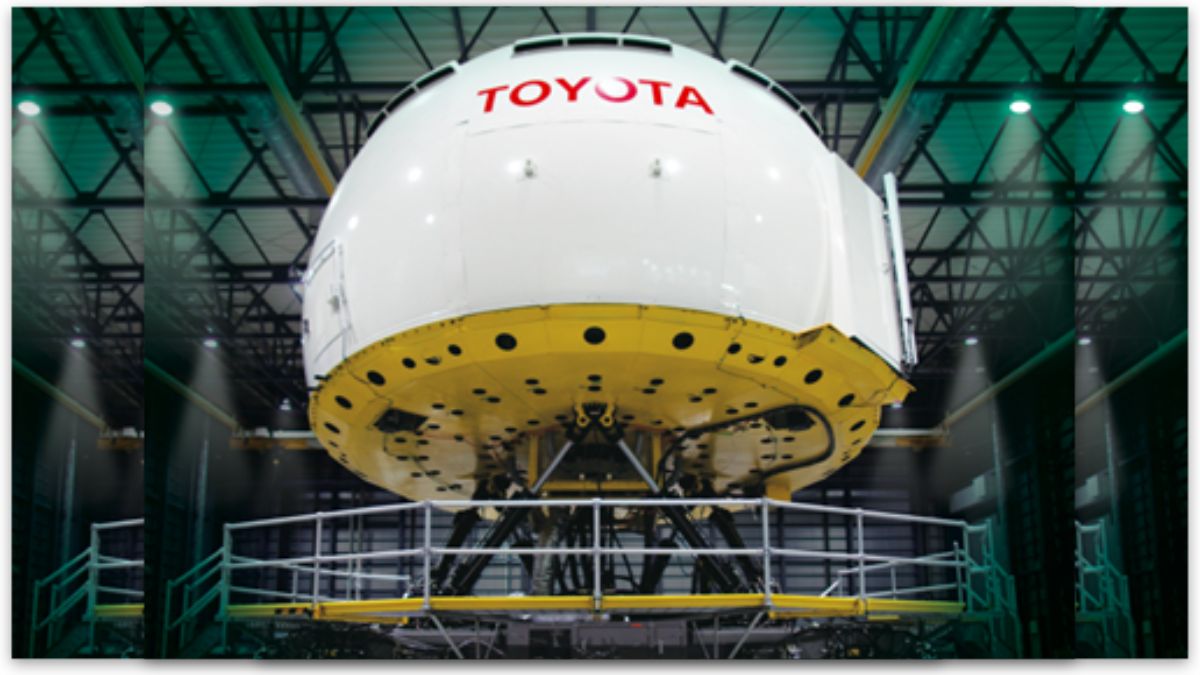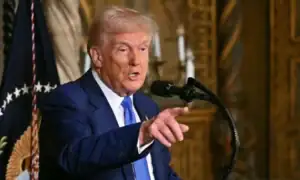Toyota, the world’s largest automaker, is shaping the future of transportation through its Global Vision 2025. With a clear focus on innovation, sustainability, electrification, and autonomous driving, Toyota is redefining global mobility.
Electrification & Sustainability: Toyota’s Multi-Pathway Strategy
Toyota follows a multi-pathway strategy for electrification. It combines battery electric vehicles (BEVs), hybrid electric vehicles (HEVs & PHEVs), and hydrogen fuel cell vehicles (FCEVs) to meet the needs of diverse markets. This flexible approach ensures Toyota can adapt to different regions and infrastructure levels.
By 2025, Toyota will introduce 15 new BEV models, including the bZ4X SUV and bZ5 crossover. Additionally, the company aims to sell 3.5 million BEVs annually by 2030. Lexus, Toyota’s luxury division, plans to achieve full electrification in key global markets.
Furthermore, Toyota aligns this vision with its Environmental Challenge 2050. The company commits to cutting CO₂ emissions by 90%, achieving zero-emission manufacturing, and ensuring full vehicle recyclability. This long-term plan addresses global sustainability challenges head-on.
Autonomous Driving & Mobility Ecosystem
One of Toyota’s boldest projects is Woven City, a $10 billion smart city at the base of Mount Fuji, Japan. This innovative city will integrate autonomous vehicles (AVs), AI-driven infrastructure, and clean energy solutions. The first residents will move in by late 2025, marking a new chapter in urban mobility.
In addition, Toyota’s subsidiary, Woven by Toyota, is leading the development of software-defined vehicles (SDVs) and advanced autonomous driving systems. Strategic partnerships, such as with NVIDIA, are accelerating Toyota’s journey towards Level 3+ autonomy.
Toyota’s e-Palette, a modular autonomous electric vehicle, is designed for shared mobility, deliveries, and mobile retail. It will play a key role in reshaping urban transportation models.
Advanced Manufacturing & Battery Supply Chain
To meet rising EV demand, Toyota is upgrading its manufacturing processes. The company is using AI-driven automation, predictive maintenance, and digital twins to enhance production efficiency and reduce defects. As a result, Toyota plans to increase EV production to 600,000 units by 2025.
Toyota is also strengthening its battery supply chain. It has acquired Prime Planet Energy & Solutions (PPES) and is building a $1.3 billion battery plant in North Carolina, USA. These investments will ensure a steady supply of batteries for its future electric models.
READ MORE: Toyota FT-Me: A New Era of Urban Mobility in Pakistan
Leadership & Strategic Direction
Under the leadership of Koji Sato, who became CEO in 2023, Toyota is accelerating its shift towards electrification. Meanwhile, Chairman Akio Toyoda is driving long-term innovation projects like Woven City and global mobility solutions.
Toyota’s leadership emphasizes a flexible strategy. By combining electrification, hydrogen technologies, and hybrid solutions, the company addresses varying regional needs while maintaining its commitment to global sustainability.
Conclusion: Driving the Future of Mobility
Toyota’s Global Vision 2025 is more than a roadmap; it’s a bold plan to solve environmental challenges, advance mobility technologies, and create a sustainable future. With a strong focus on innovation and flexibility, Toyota is leading the automotive industry into a new era of clean, smart, and inclusive transportation.









